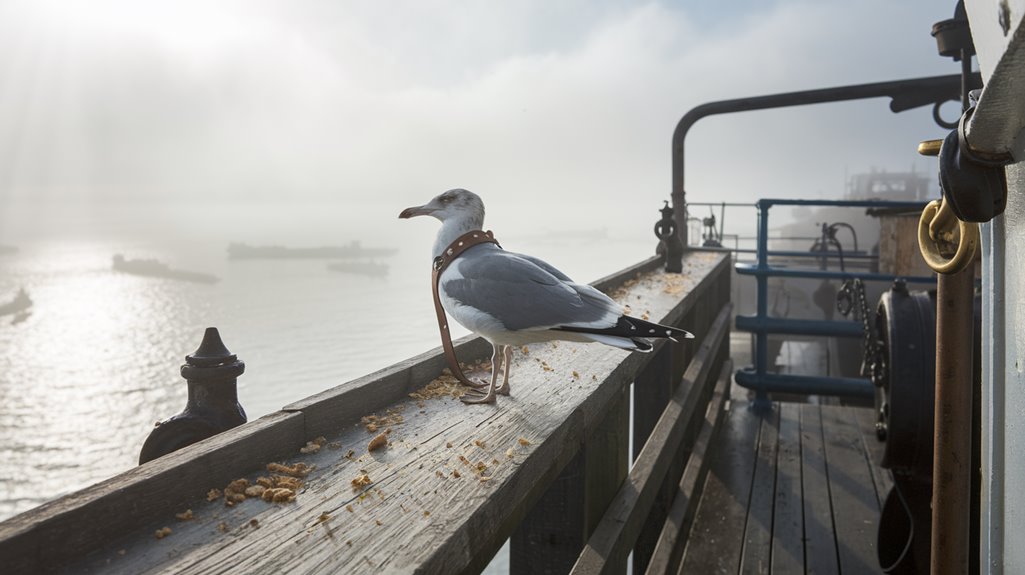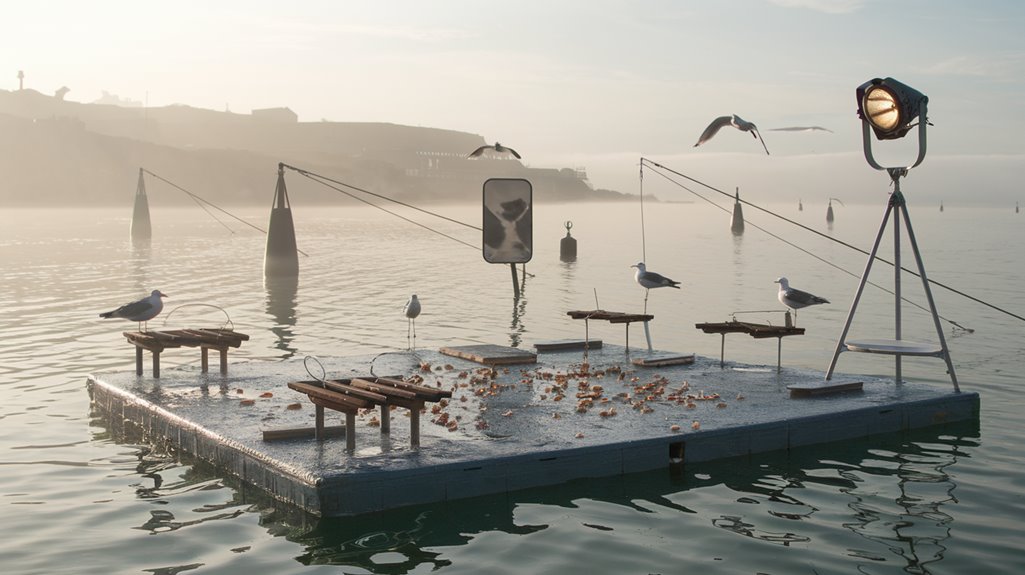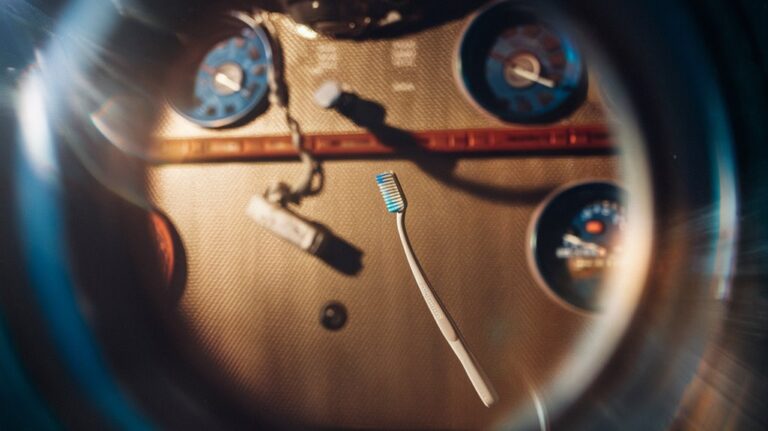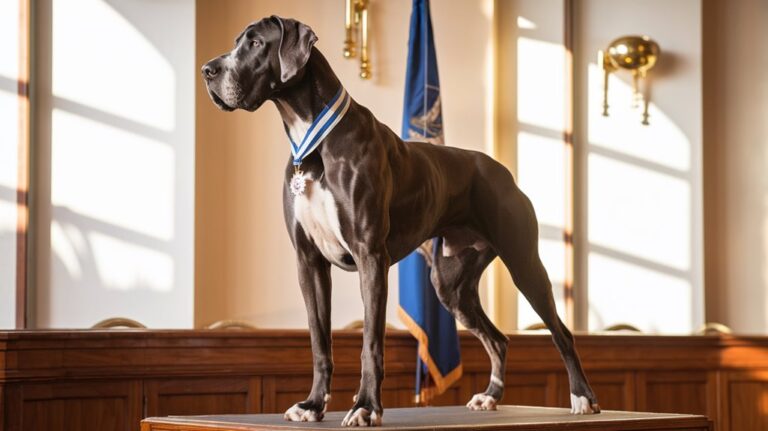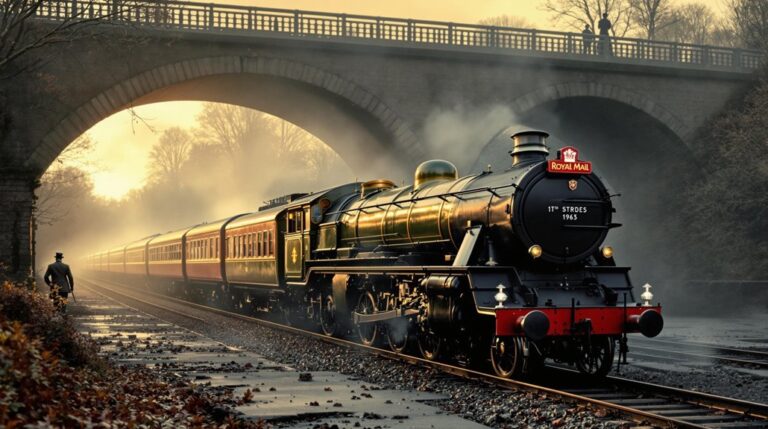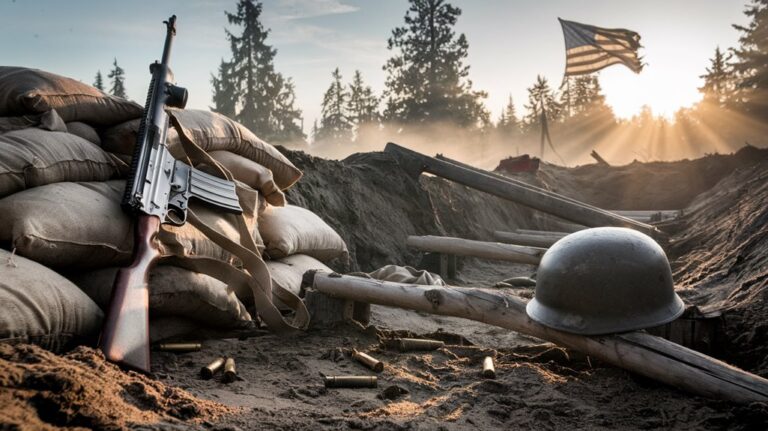British Attempted to Train Seagulls to Spot German U-Boats
You might think that military intelligence during World War I was all about code-breaking and espionage, but Britain's desperate fight against German U-boats led to some truly unconventional tactics. In 1917, when submarine attacks were threatening to starve the nation into submission, British naval officers came up with an imaginative solution: training seagulls as living submarine detectors. It's a peculiar chapter in military history that shows just how far nations will go when their backs are against the wall.
The U-Boat Threat and Britain's Desperate Search for Solutions
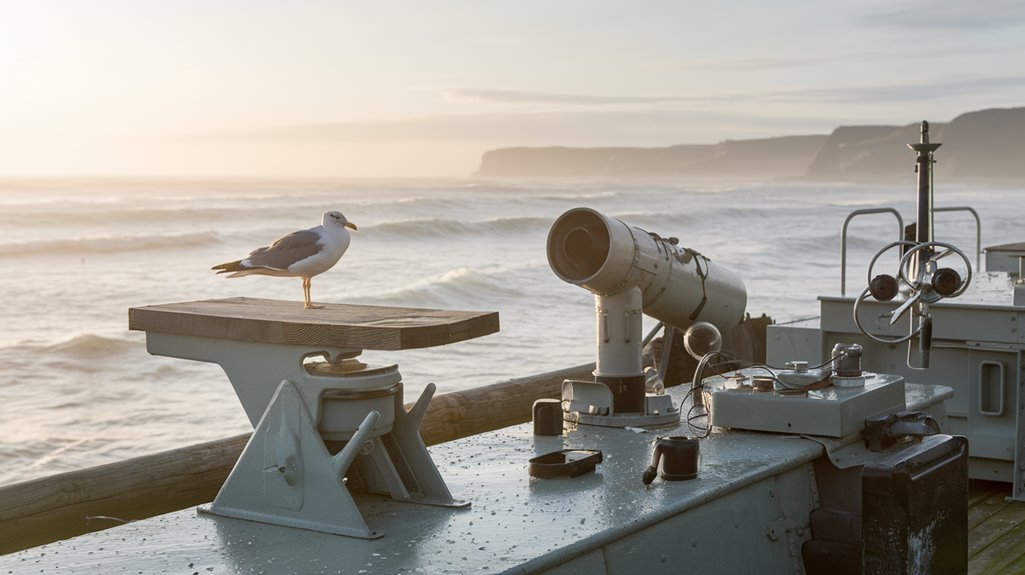
During World War II, Germany's U-boat campaign posed an existential threat to Britain's survival, with over 1,150 submarines deployed across the world's oceans.
The scale of destruction was staggering – you can grasp the severity when contemplating that U-boats sank nearly 2,770 Allied ships, totaling 14.5 million gross tons.
Churchill observed with growing concern that the ratio of merchant ships lost to U-boats destroyed dropped from 19 to 1 in 1941.
As U-boat tactics evolved and losses mounted, British desperation led to exploring various countermeasures.
By early 1942, German submarines were inflicting devastating losses, sinking approximately half a million tons of Allied shipping in March alone.
You'll find it revealing that while conventional methods like destroyer escorts were essential, Britain didn't hesitate to try unconventional approaches.
The devastating toll on Allied shipping – with over 4,770 merchant vessels lost – pushed military planners to ponder every possible solution, including creative ones like training seagulls.
With thousands of lives at stake and Britain's supply lines under constant threat, no potential counter-measure was too unusual to ponder.
Operation Seagull: A Bold and Unusual Military Strategy
While modern warfare relies heavily on advanced technology, Britain's WWI military planners once pursued a remarkably unusual strategy – training seagulls to combat German U-boats.
Under Admiral Sir Frederick Inglefield's direction, the military sought to exploit seagull behavior by conditioning the birds to associate periscopes with food.
You'd find dummy periscopes being used to feed seagulls, hoping they'd either defecate on real U-boat periscopes or gather around them, signaling their presence to Allied forces. The training initiative officially started in Board of Research in 1917.
This military innovation was born from desperation, as Britain searched for ways to counter the U-boat threat before sonar's development. Similar to Operation Seagull I's flawed mission plans, this strategy highlighted the military's willingness to attempt unconventional approaches.
While the plan never progressed beyond initial trials, it stands alongside other creative but impractical solutions of the era, including training sea lions and attempting to cover the ocean's surface with paint.
Training Methods and Facilities at Poole Harbour
The British military established its seagull training operations at Poole Harbour, a natural deep-water port along England's southern coast.
The facility's primary goal was to condition gull behavior by feeding them from dummy periscopes, hoping they'd swarm around real German U-boat periscopes when spotted. Today, the harbour continues this tradition of nautical education as a RYA Training Centre for aspiring sailors.
Despite the creative approach, the training failures became evident as the wild seagulls showed more interest in catching fish than participating in military exercises. This unorthodox plan emerged as German submarines sank massive amounts of merchant shipping during the war.
You wouldn't believe it, but they'd even attempted to train the birds to defecate on periscopes to blind submarine crews – a technique that never materialized into practical application.
The entire project became unnecessary when U.S. destroyers arrived in 1917, offering more reliable anti-submarine capabilities than the unpredictable seagulls ever could.
Alternative Anti-Submarine Warfare Tactics
As British military planners grew frustrated with seagull training failures, they explored several unconventional anti-submarine tactics in 1916.
Beyond studying seagull behavior, they tested various creative approaches to combat German U-boats. You'll find it interesting that they attempted to use small motorboats with two-man crews wielding bags and hammers to disable periscopes. Various platforms worked together to pursue these innovative solutions.
They even considered covering ocean surfaces with paint to blind U-boat crews. Modern naval forces now face similar challenges as submarines become quieter and harder to detect than ever before.
In their pursuit of unconventional warfare solutions, military strategists developed more practical weapons like hand-thrown guncotton bombs weighing 18.5 pounds and lance bombs made from cone-shaped steel drums.
They also experimented with nets to ensnare U-boats and equipped vessels like HMS Starfish with spar torpedoes.
Early depth charges soon followed, though initial designs proved problematic due to tangling lanyards.
The Shift to Proven Defense Systems
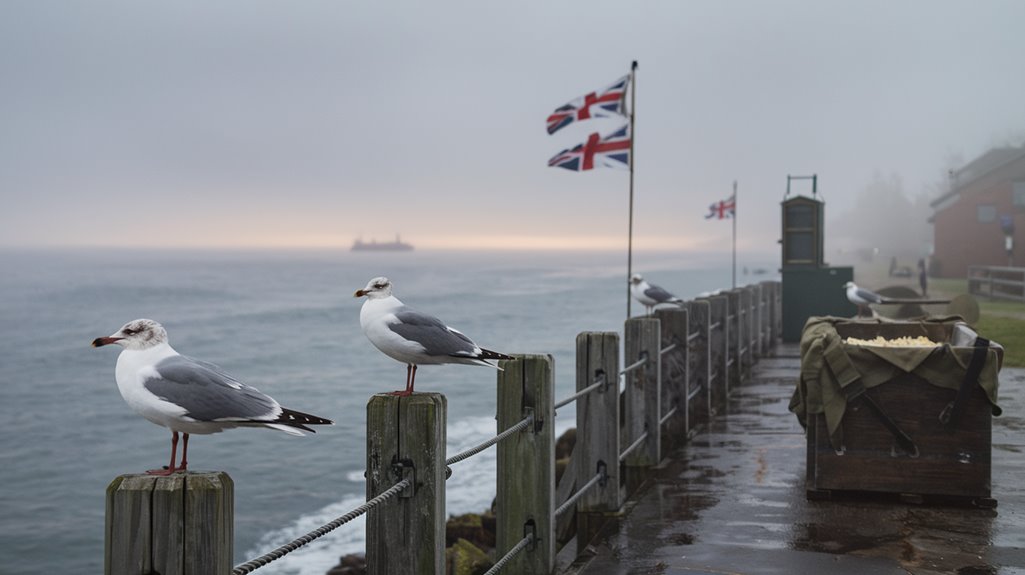
Following the experimental phase of anti-submarine warfare, British military leaders recognized that proven defense systems offered more reliable results than training seagulls or using paint to blind U-boats.
Modern ASW platforms have expanded to include unmanned aircraft that can deploy sonobuoy dispensing systems for persistent submarine tracking.
You'll find that these defense innovations focused on practical solutions like the convoy system, which grouped ships together for mutual protection, and the implementation of advanced radar technology that could detect U-boats while avoiding German detection systems.
Maritime security improved markedly with the introduction of sonar advancements and more effective depth charges. Intelligence efforts, particularly through Ultra, provided vital information about U-boat operations.

